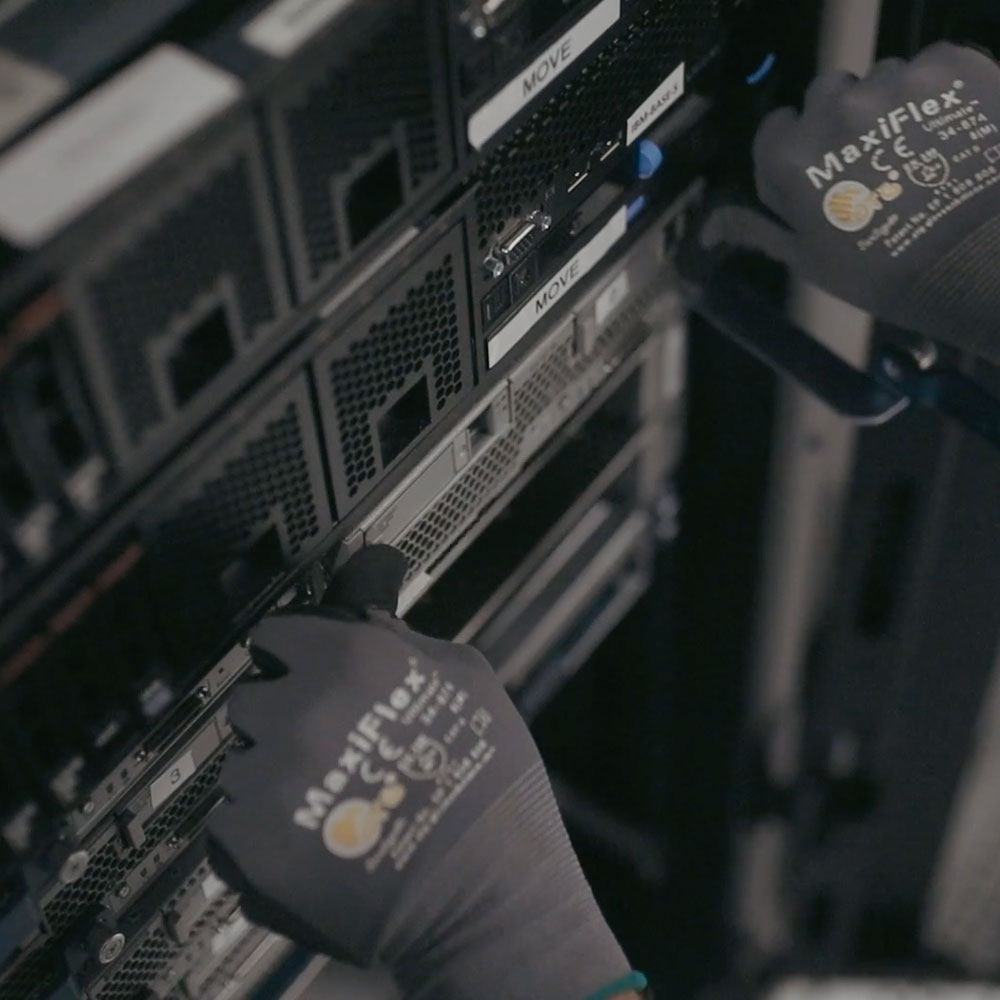Planning a relocation is no mean feat. With so much to organize, and so much to think about, it’s no wonder that many teams overlook a few of the finer details here and there.
There are a number of common mistakes that tend to crop up during the process of colocation relocation, and all of these have one thing in common: they tend to result from a lack of planning.
To make sure your relocation runs smoothly, we’ve put together a list of some of the relocation mistakes we see time and time again, so you’ll know exactly what to look out for when it’s your turn to start planning the process.
Here are seven of the most common pitfalls of colocation relocation, along with our best advice on how to avoid them.
Not leaving enough time to complete the process
Few think colocation relocation is a simple task, but all too often we come across teams who don’t leave themselves enough time to complete it. This inevitably leads to rushing towards the end, and a real increase in the likelihood of mistakes being made.
We recommend leaving a time frame of between 21-30 days to complete your relocation fully. It is possible to relocate in a shorter period of time, but it’s a good idea to give your team plenty of wriggle room, just in case they do come up against any unforeseen circumstances during the process.
A lack of clarity on individual responsibility
Colocation relocation is rarely the responsibility of a single person. In almost every case, teams of skilled professionals come together to manage the move, from start to end. And that means teamwork is key.
To make the most of everyone’s unique skills, it’s vital that those heading up the task are clear about what needs to be done, when it needs to be done and who is best placed to do it.
Avoid leaving team members wondering what they can do to help. Fully explain everyone’s responsibilities to get the best out of all involved.
Not measuring the width of entry points
Those tasked with the responsibility of relocation invariably note down the size and weight of all their equipment with care. But there’s one thing that does get forgotten about sometimes, and that’s checking whether the equipment will easily fit through any doors or other entry points it’ll need to move through before reaching its intended destination.
The doors and corridors of data centers are always built with hefty equipment in mind. But if your equipment is moving from a building that hasn’t been, you could easily find yourself struggling to get equipment out safely.
Not having enough space at a new location
This might sound like an obvious one, but you’d be surprised how often we hear about teams who complete their move only to find they haven’t got as much room as they were expecting.
Double check – and check again – how much space you’ll have to play with once you reach your new data center. Check the sizing of cabinets, make sure all relevant equipment will fit where it needs to go, and make sure you know exactly how much floor space your equipment will take up.
Don’t be afraid to redo the calculations a couple of times to make absolutely certain that no errors have been made. It’s far better to find out about any issues to do with space before you start the move.
Not involving data center staff
Data centers are staffed with skilled engineers who really know their stuff – so use them.
Data center staff will often partner with clients’ teams to help ensure the whole process runs smoothly. This is an invaluable service which really does take the stress out of what can be a challenging process.
Contact your data center to find out more about the services its team can provide. Ask about assistance with infrastructure installations and planning. You’ll soon see how the center team’s expertise could help you on your way.
Overlooking point-to-point orders
Before you start planning relocation, make sure you’ve ordered the point-to-point circuits you need, bearing in mind that you’ll need to do so in plenty of time. This process typically takes longer than 30 days, but for some complex relocations it can take upwards of three months.
Be aware of the timeframe for your company’s specific requirements. That way, you can make sure you’re always one step ahead, so issues like these don’t hold the whole process up.
Forgetting to register staff with security
Security is of paramount importance at any data center, and that’s something your team should always be aware of. Before you start planning your move, check the security protocol of your chosen data center and speak to the team about everything you need to know.
In some cases, you’ll be required to pre-register every staff member entering the building with the data center’s security team. If this isn’t the case, then it’s likely you will be asked to provide ID for all those entering the facility on the day of the move. Get in touch with your data center to make sure you’re up to speed on its latest security measures.
—
TRG Datacenters provides colocation services for businesses of all sizes. We’re here to make relocation simple with a range of full-service migration options that come with free cross connects and free remote hands on as standard.
Our service delivers in terms of security and reliability, and it couldn’t be easier to make the switch. Talk to our team about colocation services to find out more.







